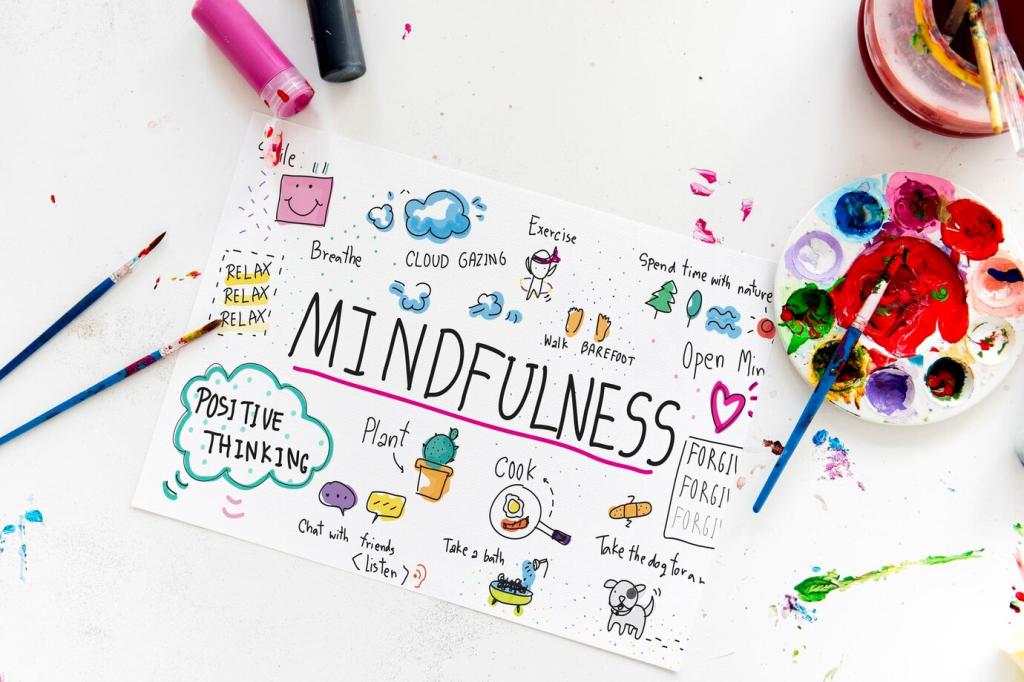Understanding Transcendental Meditation and Why It Eases Stress
Transcendental Meditation uses a personalized mantra taught by certified instructors to allow the mind to settle naturally. Rather than concentrating hard, you let calm emerge, and the body follows with deeper rest and easier breathing. Share your first impressions with us.
Understanding Transcendental Meditation and Why It Eases Stress
Peer-reviewed studies have linked TM to reduced perceived stress, lower blood pressure, and improved heart rate variability. Researchers suggest parasympathetic activation and quieter stress reactivity, giving your nervous system room to recalibrate. Curious about details? Ask questions in the comments.
Understanding Transcendental Meditation and Why It Eases Stress
After three consistent weeks, I noticed my commute felt shorter, arguments resolved faster, and shoulders softened without trying. The shift was subtle yet steady, like a dimmer turning toward light. Tell us when you first felt your own turning point.






